AARP Hearing Center

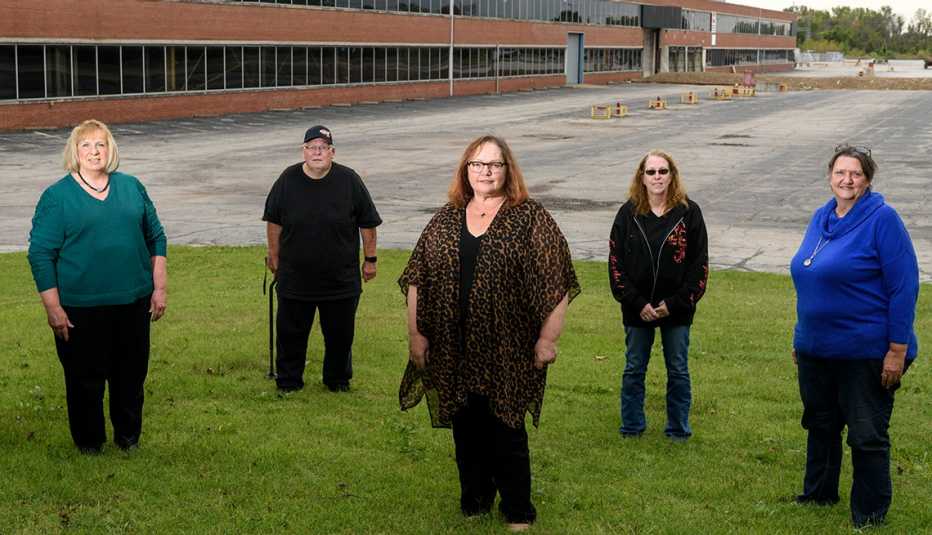
After COVID-19 hit the U.S. early this year, more than 40 million workers lost their jobs. Never before had so many Americans been laid off in such a short time, and older workers were hit hardest. From March through June, 7 percent of all workers between ages 55 and 70 left the labor force, compared with 4.8 percent of those under 55. The unemployment rate soared to nearly 15 percent in April; the last time the nation's jobless rate had climbed to double digits was a decade ago, during the Great Recession. We know the economy gradually recovered from that slump, but what about the older people who had lost their jobs back then? How did they fare, and what might their stories teach us about how those who are 50-plus today can recover from a job loss?
To answer these questions, I took an in-depth look at a large-scale layoff I had covered 10 years ago for The New York Times. In 2010, Whirlpool closed a giant refrigerator plant in Evansville, Indiana, and moved the operation to Mexico. That action threw 1,100 people out of work and into a frightening unknown. “It's devastating to our family and to everyone in the plant,” one older worker told me then. “I wonder where we'll be two years or four years from now.” Ten years later, I discovered that many of those older workers, despite some painful twists and turns, have managed to rebound. The stories of how they did it offer hope, inspiration and even practical advice to older unemployed Americans today who are struggling to get back on their feet.
'A very terrifying time'
Kathy Duncan, now 62, liked most things about her job at the Whirlpool plant, a factory as large as 30 football fields. She got along well with her team of 80 coworkers, who assembled ice makers. “I shot in the freon and refrigerant,” Duncan recalls. She also liked the pay — $18.53 an hour — a good wage for blue-collar work in southern Indiana a decade ago.
During her 21 years at Whirlpool, Duncan lived a middle-class life, raising two daughters and a son with her partner, John. Like many of her colleagues, Duncan never suspected that the plant might close until she attended an all-hands meeting in the summer of 2009. “I had no inkling that this was coming down,” Duncan says. “It was a very terrifying time.” The plant — which had built P-47 fighter planes for Republic Aviation during World War II — closed 10 months later, one of hundreds to shutter during the Great Recession, when the nation lost more than 2 million manufacturing jobs.
Fortunately for Duncan and her colleagues, a team of government agencies and nonprofits forged an ambitious plan to help the laid-off factory workers land new jobs. Three nearby colleges and several nonprofits interviewed almost all 1,100 Whirlpool workers to ask about their immediate needs (including whether they had enough money for food and shelter), to assess their skills and to figure out how best to retrain them for fields with job openings. The focus was on steering them to what economic-development researchers said were “the 50 hot jobs” in the state's economy at the time; these included medical assistant, HVAC (heating, ventilation, air-conditioning) technician, and positions in power plant, supply-chain and industrial management. Whirlpool, for its part, offered severance pay, extended benefits and help with retraining and unemployment assistance via partnerships with the factory's union local and government agencies. Because the workers had lost their jobs as a result of Whirlpool's moving its refrigerator operation to Mexico, the federal Trade Adjustment Assistance program paid for most of the retraining. That funding isn't available to most people who lost jobs because of the pandemic, but employment experts note that there are other streams of federal and state assistance to help pay for retraining.
One of the colleges involved in the effort was Ivy Tech Community College, which has 43 locations across Indiana. According to Kelly Cozart, vice chancellor for academic affairs at Ivy Tech, many of the older Whirlpool workers who returned to school fared better than the younger workers. “The more seasoned people were kind of used to change,” explains Cozart, noting that they had often faced temporary layoffs. “Some were thrilled with the opportunity to get an education.”
Laid off? Here's Help
1. Ask Uncle Sam
The federal government supports a network of nearly 2,400 one-stop job centers to assess your skills, steer you to job openings and inform you about training opportunities (877-US2-JOBS; careeronestop.org).
2. Get Targeted Assistance
AARP offers many services for job seekers, including an online job board tailored for older workers and a free résumé review. Visit AARP's Work and Jobs page for more info.
3. Connect With Employers
On Jan. 28, AARP will host a digital career fair, during which applicants can speak directly with companies looking for older workers. The fair is free, but registration is required. For details, go to aarp.org/onlinecareerexpo.
Count Kathy Duncan among them. Confident that Ivy Tech would open doors for her, Duncan went there to study for an associate's degree in business administration. Her diploma in hand, she applied for office jobs at pharmaceutical giant AstraZeneca, at the University of Southern Indiana and a dozen other places. “It was a little daunting, applying for jobs at 51, 52, 53, and they're asking why, all of sudden, you need a career change,” says Duncan. She was rejected by all of them. Frustrated, she fell back on skills she had used in previous jobs and took a position as a home health aide. The pay: $15.53 an hour, which was $3 less than at Whirlpool.
Around that time, her father died. Duncan speaks of him with great warmth. “Dad always told me, ‘You'll know when the right job comes along.'"
One year into Duncan's home-care job, a friend from Whirlpool told her about an opening at Hope of Evansville, a nonprofit that provides housing and credit counseling for low- and moderate-income families. She applied and was hired to answer phones, do client intake interviews, generate invoices and perform other administrative duties. After two years, the agency's foreclosure-prevention counselor left. Duncan studied for that position, passed the state and federal certifying exams, and got the job. In her four years in that $44,000-a-year spot (about $22 an hour), she has saved hundreds of people from foreclosure — she proudly mentions she has a 98 percent success rate. Since the pandemic hit and large-scale layoffs ensued, Duncan has been inundated with foreclosure cases. “I saved three families from foreclosure last Friday,” she tells me.
Although it's heartbreaking to hear so many stories of hardship, which she knows too well, she says the position offers her “a sense of peace and ease.” By seizing an opportunity to go back to school and by persisting despite some disappointments, Duncan has been able to establish herself in a completely new field.
Not many of today's laid-off workers have access to such coordinated assistance to guide them toward retraining, largely because a plant closure triggers a different level of government help than the more scattershot and hopefully temporary layoffs of the COVID-19 downturn. But every unemployed person in the U.S. should know there is help available. The federal government supports a network of nearly 2,400 job centers, with many of the same types of services that the Whirlpool workers were offered. AARP also provides career help to job seekers over 50. For those considering retraining, many employment experts say the hottest fields for jobs right now include health care, medical billing, software development and warehouse work; there are also lots of openings in trucking and day care. With many states’ labor departments overwhelmed by COVID-19 and with the huge numbers of people who are unemployed, numerous agencies haven't been able to reach out to the jobless in the same concerted way Indiana did with the Whirlpool workers. This means that today's unemployed need to push more on their own — and be tenacious in seeking help.




























































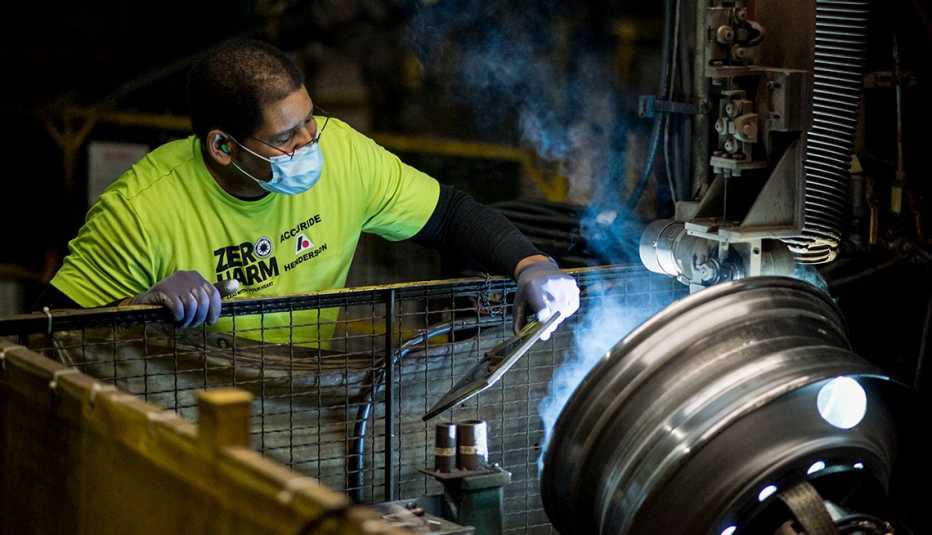
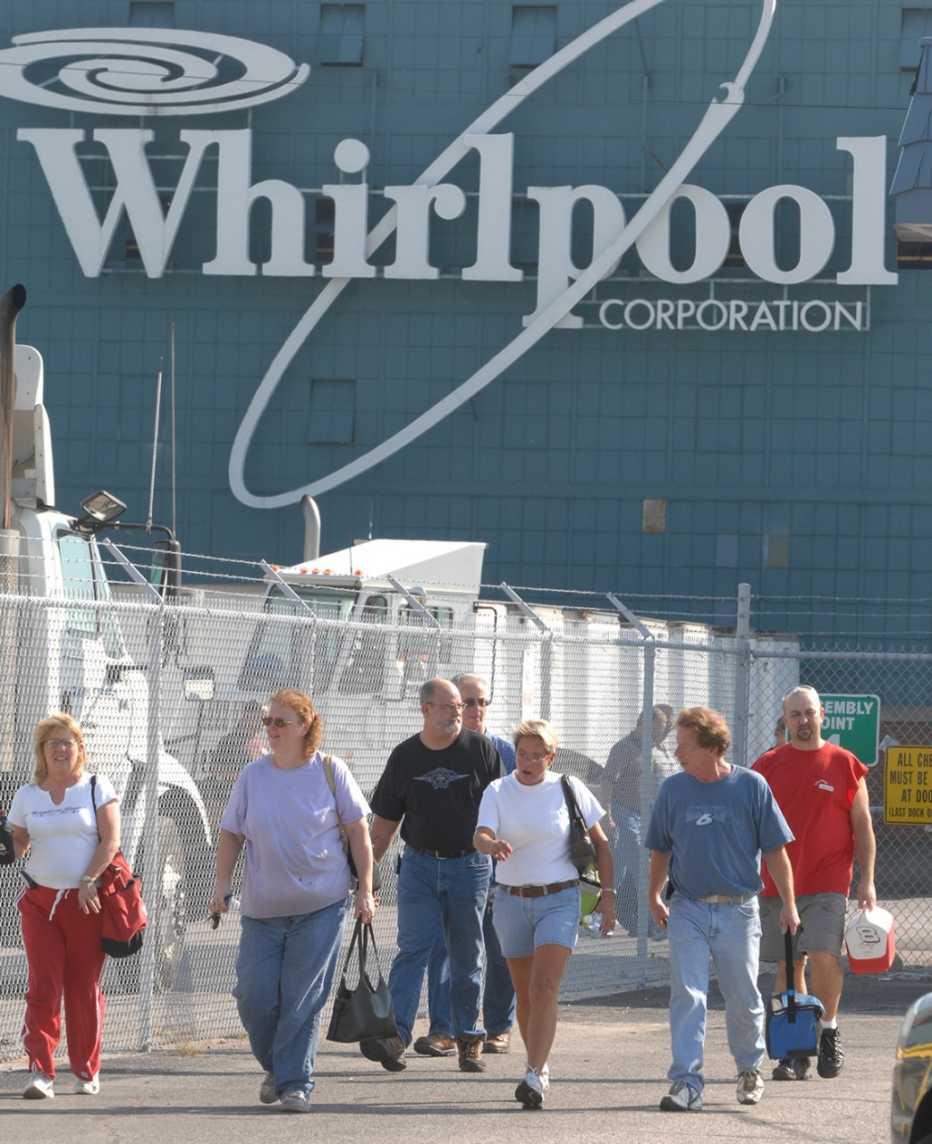
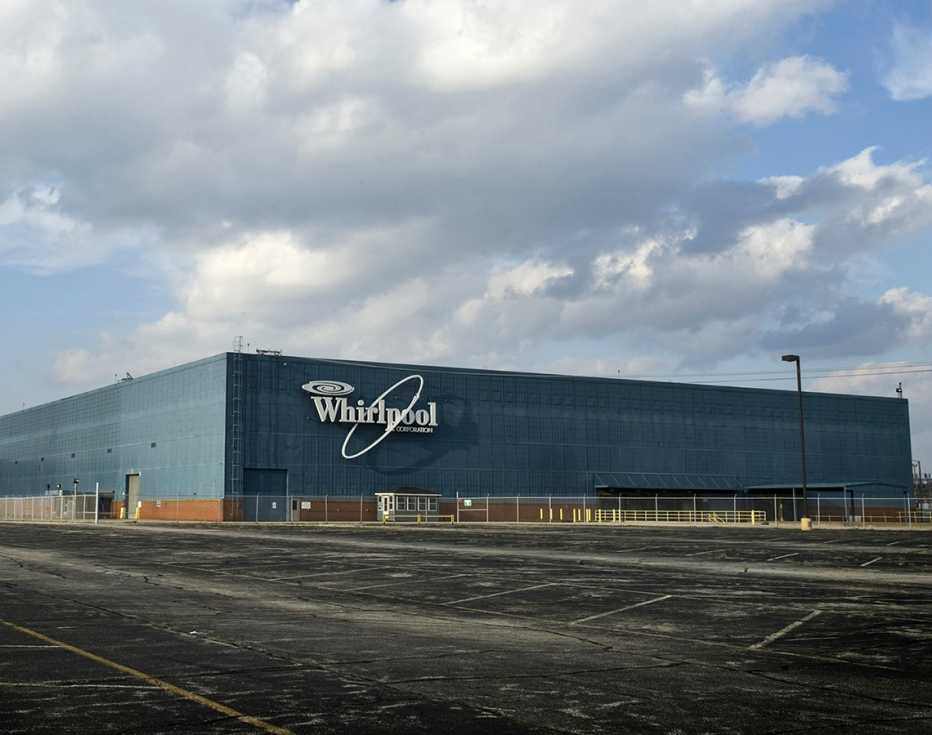

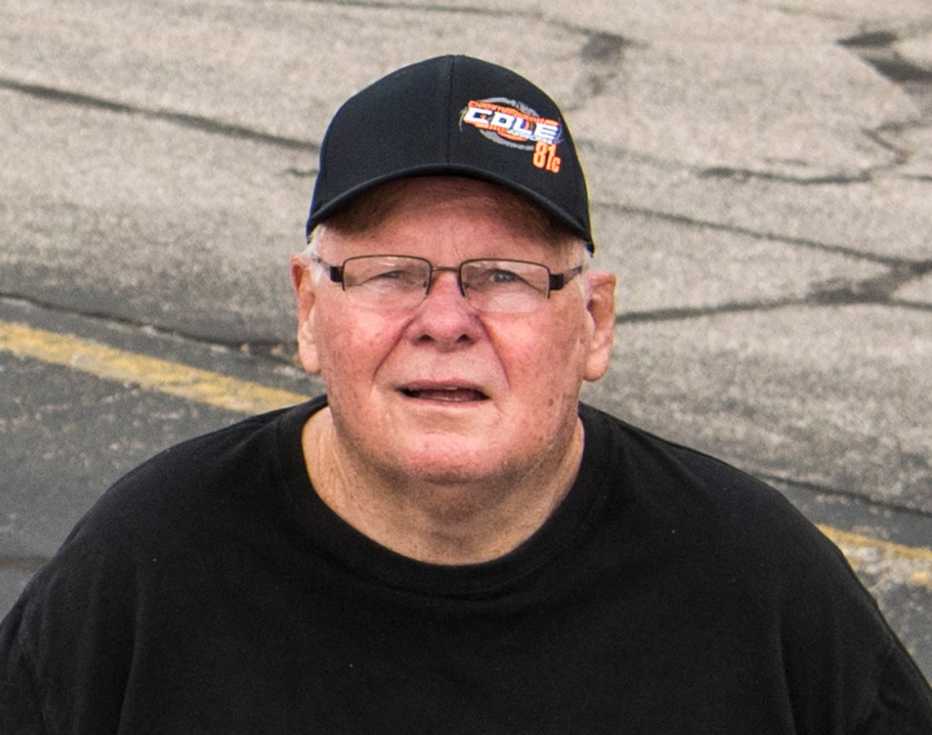

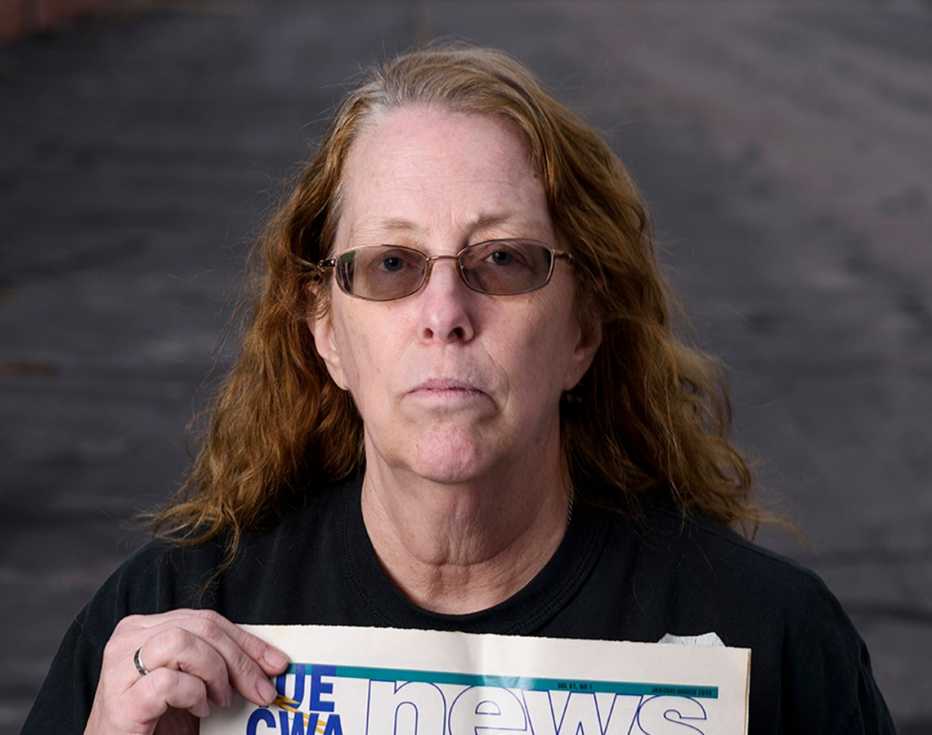
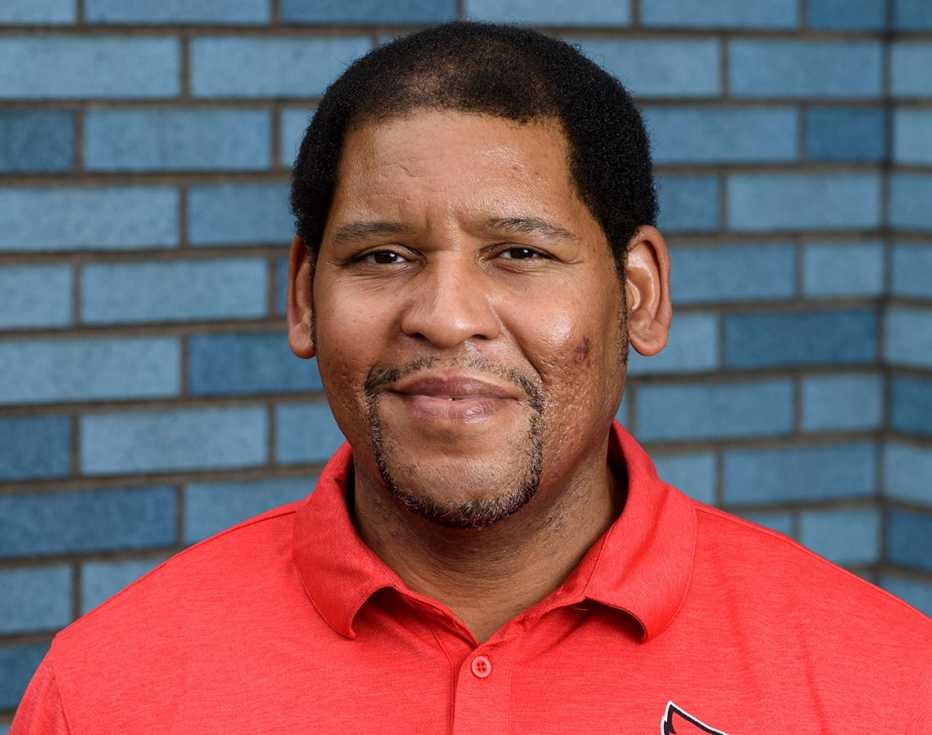
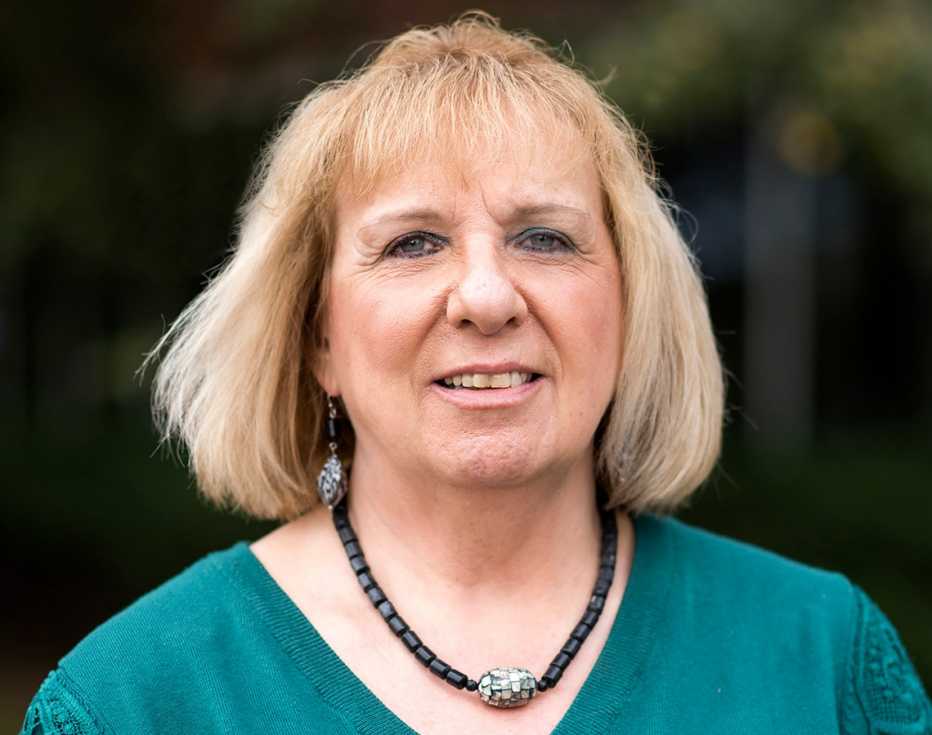
More on work
Unemployment's Toll on Older Workers Is Worst in Half a Century
First time in nearly 50 years people 55 and over have lost jobs at a higher rate than younger peers
What to Do When Your Unemployment Benefits Start to Run Out
Other options exist for long-term unemployed, but you need to be proactive
COVID-19 Spotlights Need to Expand Family Leave Policies
Report finds that benefit changes may determine whether many women stay in the workforce
Recommended for You